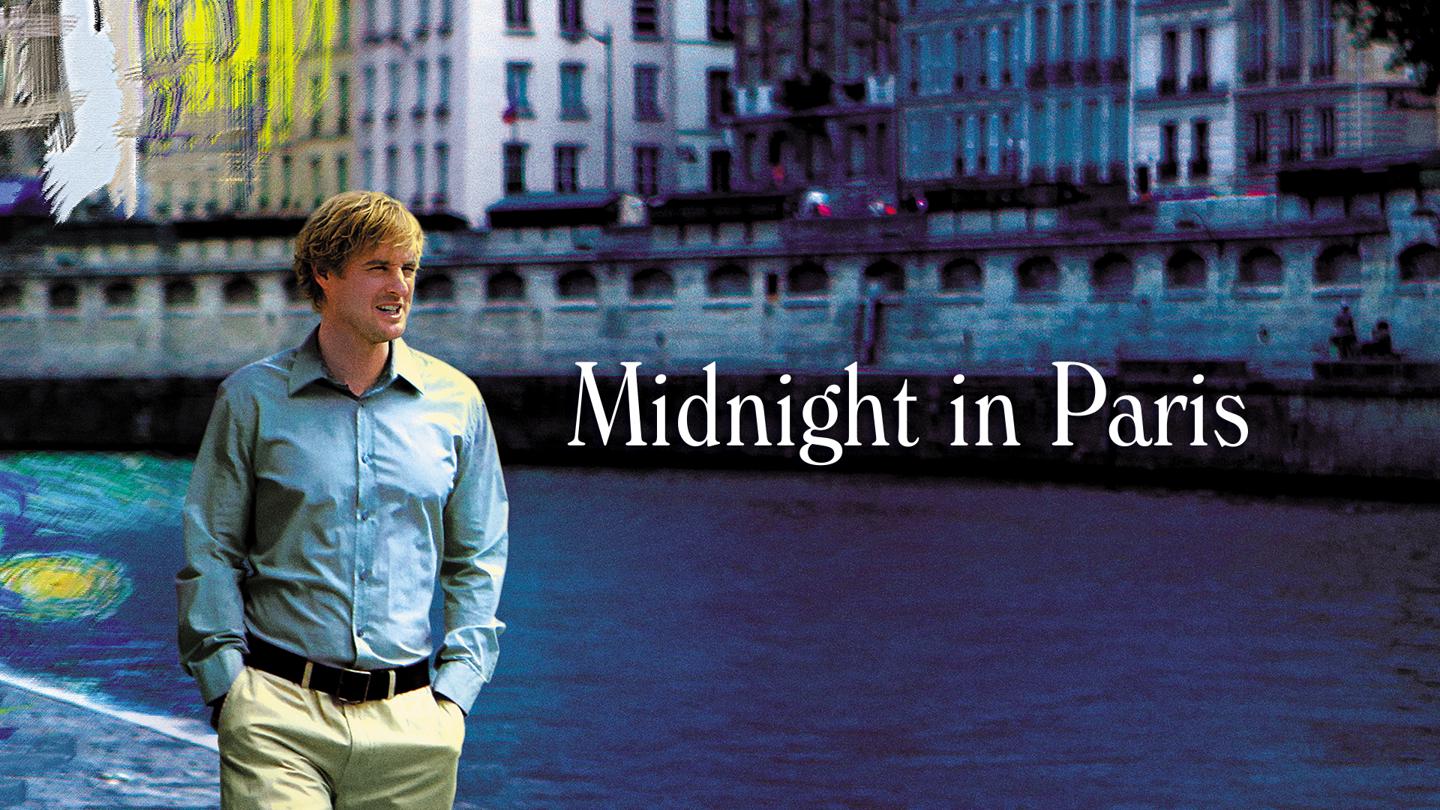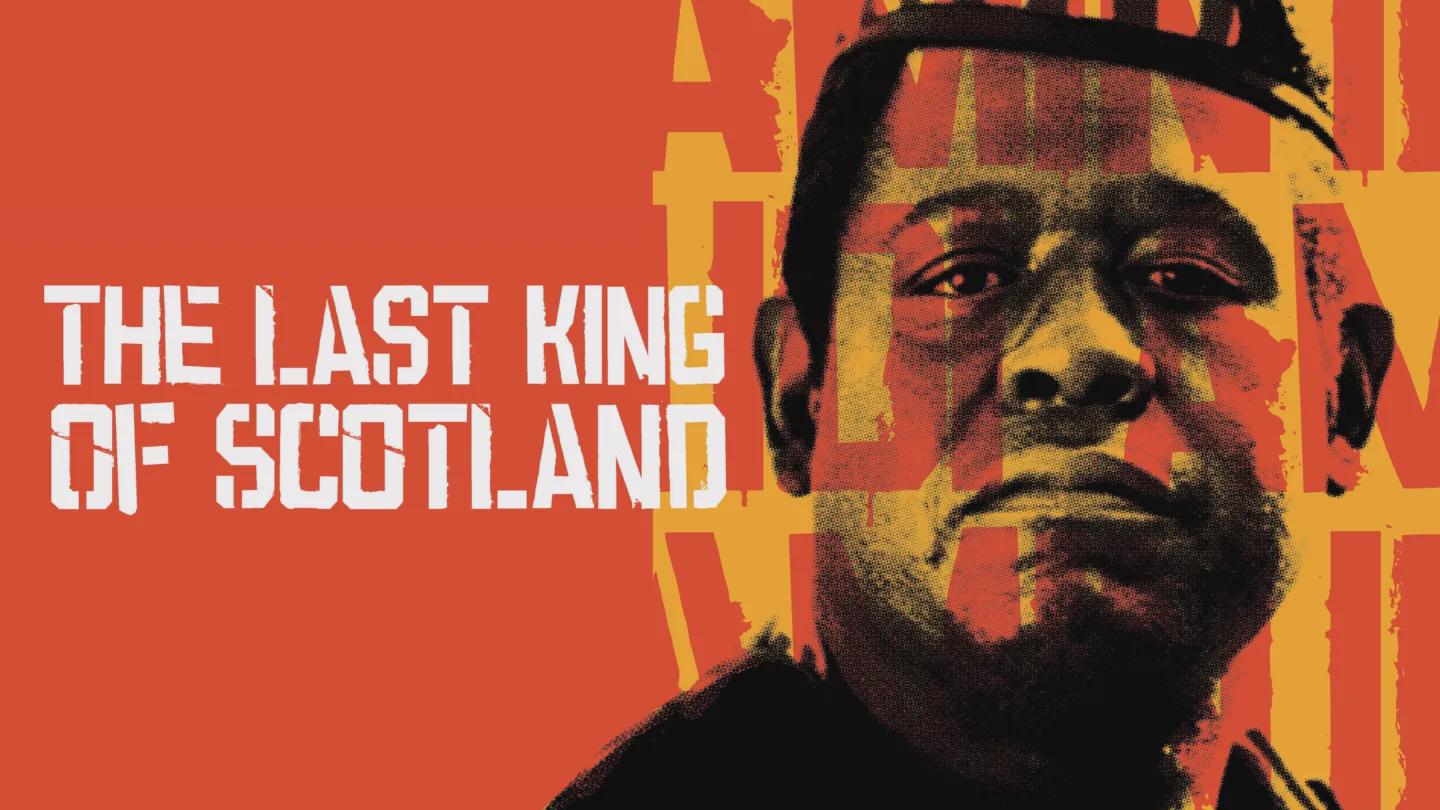
Quick Info
“Hidden Figures” is the kind of history movie that feels both overdue and incredibly relevant, even though it’s set in the early 1960s. The film follows the real-life story of three Black women mathematicians — Katherine Johnson, Dorothy Vaughan, and Mary Jackson — who worked at NASA and were instrumental in sending John Glenn into orbit. Going in, I expected something earnest and perhaps a bit by-the-numbers, but there’s a lot more substance here; it’s a crowd-pleaser that doesn’t sidestep the ugly realities of its era.
Right out of the gate, the tone strikes a very watchable balance. You get a hopeful, almost triumphant vibe throughout, but the film isn’t afraid to confront institutional racism and sexism head-on. That’s a pretty tightrope to walk — making systemic injustice digestible for a mainstream audience — and for the most part, “Hidden Figures” pulls it off. The script peppers in small moments of humor and camaraderie without shying away from tension. There’s a scene involving a bathroom run — you’ll know when you see it — that turns into a gut punch without feeling melodramatic.
Taraji P. Henson is kind of a force of nature as Katherine Johnson. She somehow balances genius-level confidence with quiet vulnerability, especially in those exhausting scenes where she’s forced to prove her worth again and again. Octavia Spencer and Janelle Monáe round out the trio — Spencer’s stoic, steady presence anchors the group while Monáe’s quick defiance adds welcome edge. Even secondary characters, like Kevin Costner’s NASA director, are played with surprising nuance. Costner isn't villainized, which is refreshing, but he’s not let off the hook either.
The pacing is brisk, almost bordering on formulaic at times, but I never felt bored. They could have lingered more on some of the technical math sequences or dug deeper into the nuts and bolts of NASA’s operations, but the focus stays on personal journeys and interpersonal dynamics. That said, I sometimes felt like the obstacles the women faced were a bit too tidily resolved. For example, a pivotal subplot about supervisor promotions feels a little sanitized and quick — it misses some of the messiness that probably existed in real life.
Visually, the film isn’t flashy, but there are flourishes that caught my eye. The costuming and set design do an impressive job evoking the period with warmth rather than starkness, reflecting the film’s overall approach: acknowledge the hardships, but spotlight the resilience. There’s one shot of Henson standing in front of a chalkboard, equations crowding around her, that genuinely felt iconic. You don’t need a ton of fancy camera tricks when the material and performances do most of the heavy lifting.
If I had to nitpick, it’s that the score leans a bit too hard into uplift. Pharrell Williams contributes some catchy tunes, but sometimes you wish the music would give you a second to just absorb an uncomfortable moment. The movie’s at its best when it trusts the actors to carry us through those silences or sting of a cruel comment.
On an emotional level, I truly found myself rooting for these women. Yes, it’s a feel-good movie, but I walked away with a stronger understanding of just how invisible so much of Black women’s labor and excellence was — and often still is. It’s not a radical movie, but it does succeed in making its story accessible and genuinely inspiring, and I think that means something right now.
If you come in looking for something subversive or cutthroat, “Hidden Figures” probably won’t shake you up. But as a historical drama that manages to entertain, educate, and move you without feeling too much like homework, it more than delivers.
The R8 Take
“Hidden Figures” is sharp, sweet, and way more engaging than your typical inspirational biopic. If you liked “The Imitation Game” but wished it had a lot more heart, you’ll be glad you watched this one.



